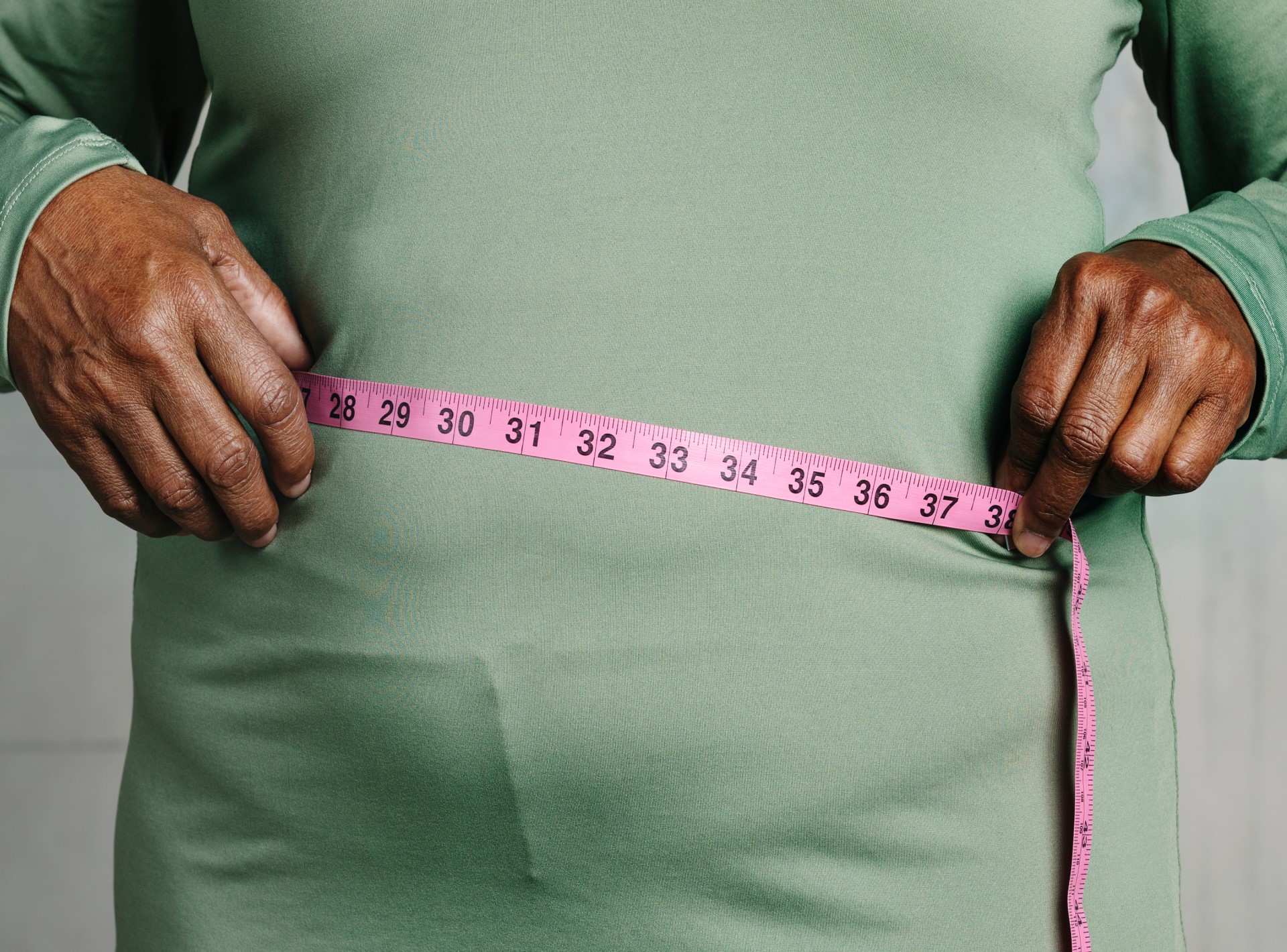 New research has found that weight loss greater than 10% was associated with higher all-cause mortality among both older men and women – including increased mortality from cancer and CVD.
New research has found that weight loss greater than 10% was associated with higher all-cause mortality among both older men and women – including increased mortality from cancer and CVD.
The association was more pronounced among men, with subsequent all-cause mortality only 8.4% among participants who maintained a consistent weight over four years, compared to 30.1% among men who lost more than 10% of their body weight during this time.
For women, the equivalent mortality rates were 5.5% and 12.6%, respectively, and lesser weight loss (between 5% and 10%) was associated with higher all-cause mortality for both sexes compared with stable weight.
Co-author Dr John McNeil, from the School of Public Health and Preventative Medicine at Monash University, explained that previous studies have reported an association between weight loss and subsequent mortality, but these studies included only a small number of older adults, typically with multiple comorbidities.
“Our study demonstrates that weight loss in older men and women is associated with an increased mortality risk irrespective of an individual’s baseline weight,” Dr McNeil said.
“It extends the previous observations by demonstrating a similar association among relatively healthy community-dwelling individuals aged 65 years or older. The results also showed that weight loss was associated with mortality among men more than women.
“Unanticipated weight loss, even among adults with obesity, is associated with increased mortality, regardless of other potential benefits of weight loss that are associated with quality of life and other morbidities.
“In addition, our study has clarified the lesser implications of weight gain.”
Of the 19,114 participants, 16,523 had both weight and waist circumference (WC) measured at baseline and their second annual check-up, allowing for an estimation of the percentage change in body size. The participants were followed up for an average of 4.4 years and 1,256 mortality events were recorded amongst the cohort.
The body weight of 12,370 participants (74.9%) remained within 5% (stable) during the first two years; 1,299 (7.9%) had a 5% to 10% increase in weight; and 314 (1.9%) had an increase of more than 10%.
Conversely, 1,953 participants (11.8%) had a 5% to 10% decrease in weight, and 587 (3.6%) had a decrease of more than 10%. Those who had a decrease in weight were mainly women, from the US, and prefrail or frail.
A decrease in WC was also associated with increased mortality but weight gain was not, and the researchers suggested that a likely explanation for these findings was that weight loss can be an early prodromal indicator of the presence of various life-shortening diseases.
“The observation that weight loss was associated with mortality among men may also be the result of the different body composition characteristics of men and women. For men, a higher proportion of body mass is constituted of muscle and bone mass, whereas for women, a higher proportion of body mass is composed of fat,” Dr McNeil explained.
“If weight loss preceding chronic illness is predominantly loss of muscle mass and bone mass, it could explain the differences observed between men and women. Something similar might be at work to explain why weight loss, rather than decrease of WC, is more associated with mortality.
“Compared with previous reports, the present study is based on individual measures of weight (rather than self-reported) and adjudicated assessments of the cause of death. Without adjudication, deaths among older populations may be misclassified in up to 30% cases.”

